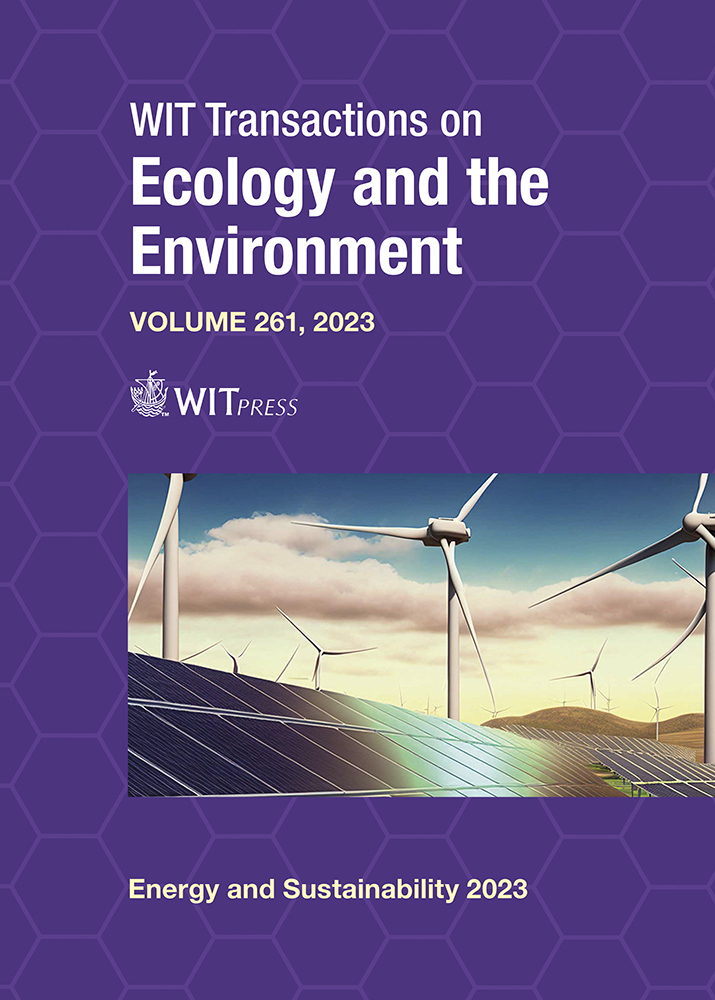MODULAR-STACKABLE VERTICAL-AXIS WIND TURBINE APPLICABLE ON SHIPS, IN PORTS AND OFFSHORE
Price
Free (open access)
Transaction
Volume
261
Pages
10
Page Range
91 - 100
Published
2023
Paper DOI
10.2495/ESUS230081
Copyright
Author(s)
YONGJIAN GU
Abstract
Wind energy is attractive since it is a renewable energy resource. A wind turbine is a device to convert wind energy to electrical energy. There are two kinds of wind turbines: horizontal-axis wind turbine (HAWT) and vertical-axis wind turbine (VAWT). This paper presents the design, working principle, tests and application prospects of a green power tower (GPT) wind turbine. The GPT is a novel modular-stackable VAWT. Features of the GPT are that it does not require a tall tower as the HAWT does and does not have large turbine blades as the other VAWT designs have. The GPT is applicable to generate electricity used to drive auxiliary electric machineries on ships, such as pumps, heaters, cargo winches, winches, etc. and electric devices in ports and offshore, such as conveyers, lifters, cranes, etc. The novel GPT has no exposed moving turbine blades. The blades are covered completely in a round enclosure. Stackable modules of the GPT are prefabricated in factory. A single module is composed of one enclosure and one turbine, which form one level of the GPT. The GPT can be designed and installed to meet the required power load by using multiple level modules. The design of the novel modular-stackable GPT, comprising the turbine blade, enclosure, and wind flow channel, is described. In the paper, tests of scaled GPT prototypes in a wind tunnel and on site are described. The performance parameters of the wind turbine, such as power generation capacity, tip speed ratio (TSR), and power coefficient (Cp) are measured and calculated. Finally, the prospect application of the GPT on ships, in ports, and offshore is presented.
Keywords
wind energy, vertical-axis wind turbine (VAWT)





